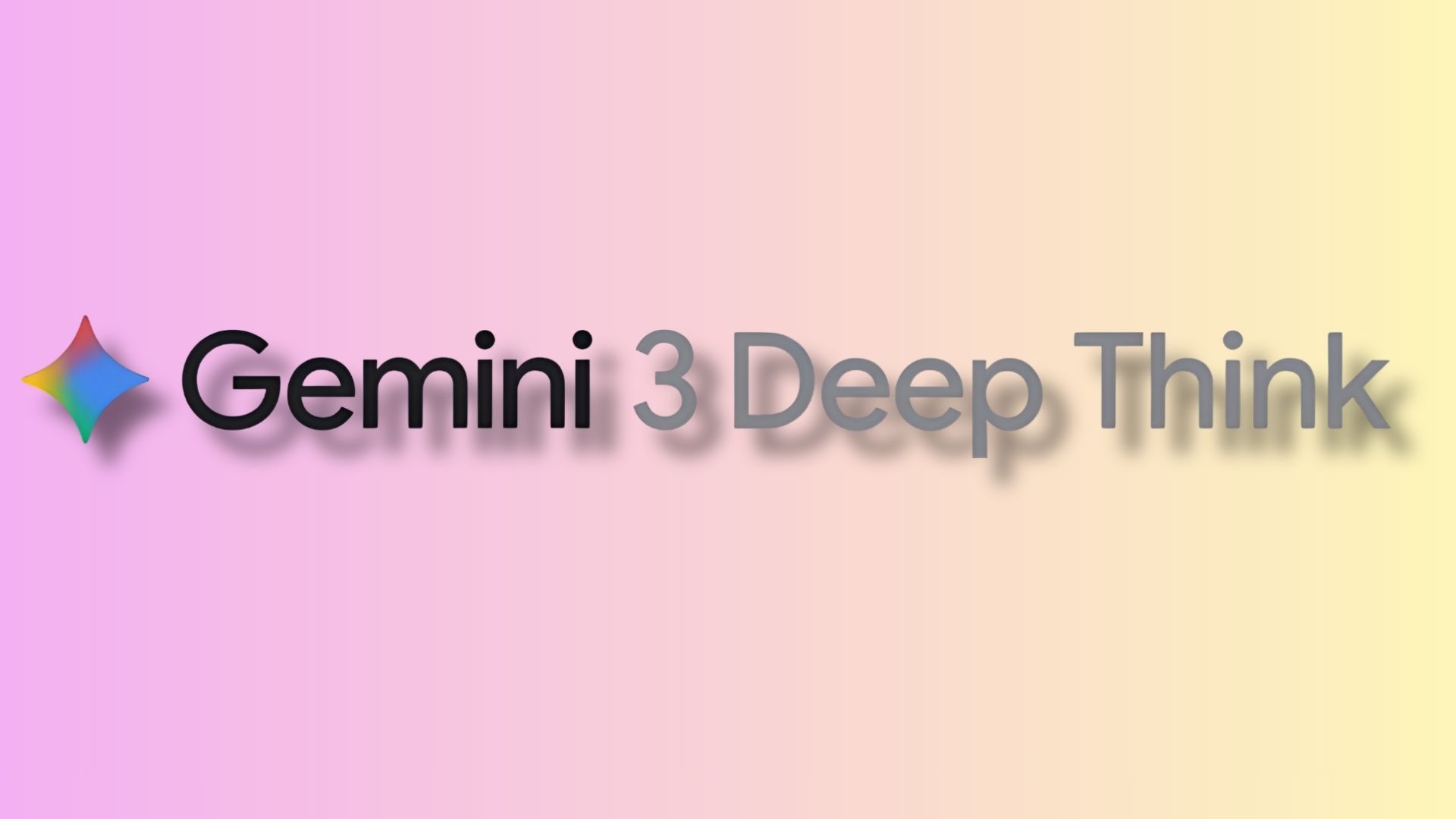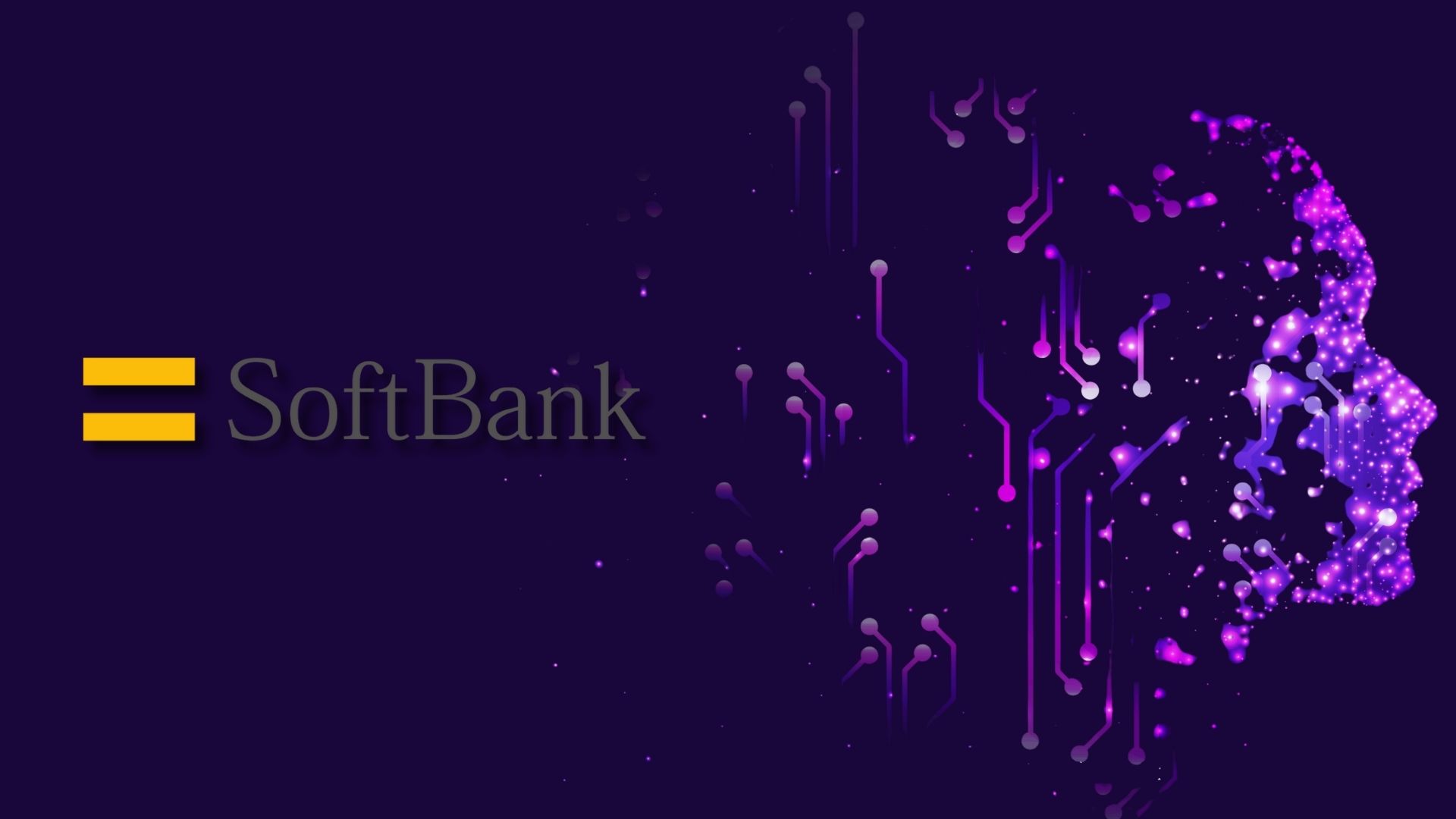Waterstones CEO James Daunt has stated that the company is willing to stock books created using AI, provided the works are transparently labelled, and there is genuine customer demand.
In an interview on the BBC’s Big Boss podcast, Daunt stressed that Waterstones currently avoids placing AI-generated books on shelves and that his instinct as a bookseller is to ‘recoil’ from such titles. However, he emphasised that the decision ultimately rests with readers.
Daunt described the wider surge in AI-generated content as largely unsuitable for bookshops, saying most such works are not of a type Waterstones would typically sell. The publishing industry continues to debate the implications of generative AI, particularly around threats to authors’ livelihoods and the use of copyrighted works to train large language models.
A recent University of Cambridge survey found that more than half of published authors fear being replaced by AI, and two-thirds believe their writing has been used without permission to train models.
Despite these concerns, some writers are adopting AI tools for research or editing, while AI-generated novels and full-length works are beginning to emerge.
Daunt noted that Waterstones would consider carrying such titles if readers show interest, while making clear that the chain would always label AI-authored works to avoid misleading consumers. He added that readers tend to value the human connection with authors, suggesting that AI books are unlikely to be prominently featured in stores.
Daunt has led Waterstones since 2011, reshaping the chain by decentralising decision-making and removing the longstanding practice of publishers paying for prominent in-store placement. He also currently heads Barnes & Noble in the United States.
With both chains now profitable, Daunt acknowledged that a future share flotation is increasingly likely. However, no decision has been taken on whether London or New York would host any potential IPO.
Would you like to learn more about AI, tech and digital diplomacy? If so, ask our Diplo chatbot!










